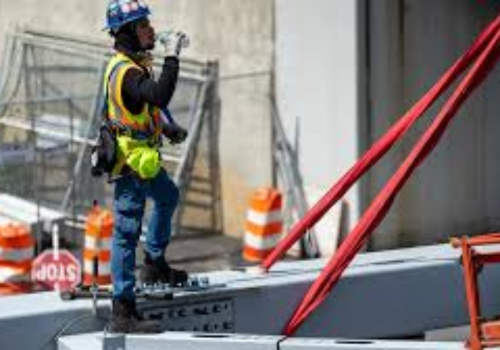
New York City's construction industry is a well-oiled machine, but recent code changes have introduced a wrinkle into the process for smaller contractors. Obtaining approvals from various city and state agencies, including the Department of Buildings (DOB), Fire Department (FDNY), Department of Transportation (DOT), and Department of Design and Construction (DDC), has become a more intricate dance.
While some contractors may be tempted to navigate this bureaucratic maze on their own, the potential for delays and costly mistakes underscores the value of seeking professional help. The application, permit, certificate of occupancy, and approval processes can be daunting, and experienced consultants can streamline the journey.
For contractors accustomed to low-rise projects, the requirement for full-time safety professionals and approved site safety plans on buildings exceeding nine stories presents a new hurdle. Hiring a safety consultant ensures compliance and mitigates the risk of project delays due to unfamiliarity with the regulations.
Unintended Consequences: Delays and the Domino Effect
The impact of these changes can be significant. Delays in obtaining site safety plan approvals can prevent contractors from pulling permits, potentially pushing back project start dates by months. Imagine the financial strain of a stalled project—a reality no contractor wants to face. Stop-work orders due to non-compliance add another layer of complication.
Proactive Preparation: The Key to Efficiency
To minimize delays, contractors are wise to approach city agencies with a well-coordinated strategy. Having a designated point person, ensuring all team members are on the same page with project details, and preparing drawings, application numbers, and alternate public safety measures beforehand streamlines communication with city officials. Understanding the DOB NOW online portal and knowing the appropriate contacts for inspections are also crucial steps.
A Looming Challenge: The Superintendent Squeeze
New regulations limit construction superintendents to overseeing a maximum of three permits at a time, with a further reduction to one permit by January 2026 (except for major buildings). This necessitates investing in training and certification for additional staff to ensure adequate oversight across projects.
Tenant Protection Plans: A Neglected Necessity
Failing to factor in Tenant Protection Plans can be a costly oversight. These plans, mandatory for projects involving occupied residential buildings, require weekly inspections by a designated agency. Ignoring this requirement can lead to unwelcome stop-work orders from the DOB.
The Inspector Shortage: A Double-Edged Sword
While the current shortage of building inspectors hasn't significantly impacted the frequency of safety inspections, it can lead to delays in obtaining approvals. This highlights the importance of meticulous planning and proactive communication with city agencies.
The smartest construction companies in the industry already get their news from us.
If you want to be on the winning team, you need to know what they know.
Our library of marketing materials is tailored to help construction firms like yours. Use it to benchmark your performance, identify opportunities, stay up-to-date on trends, and make strategic business decisions.
Join Our Community






